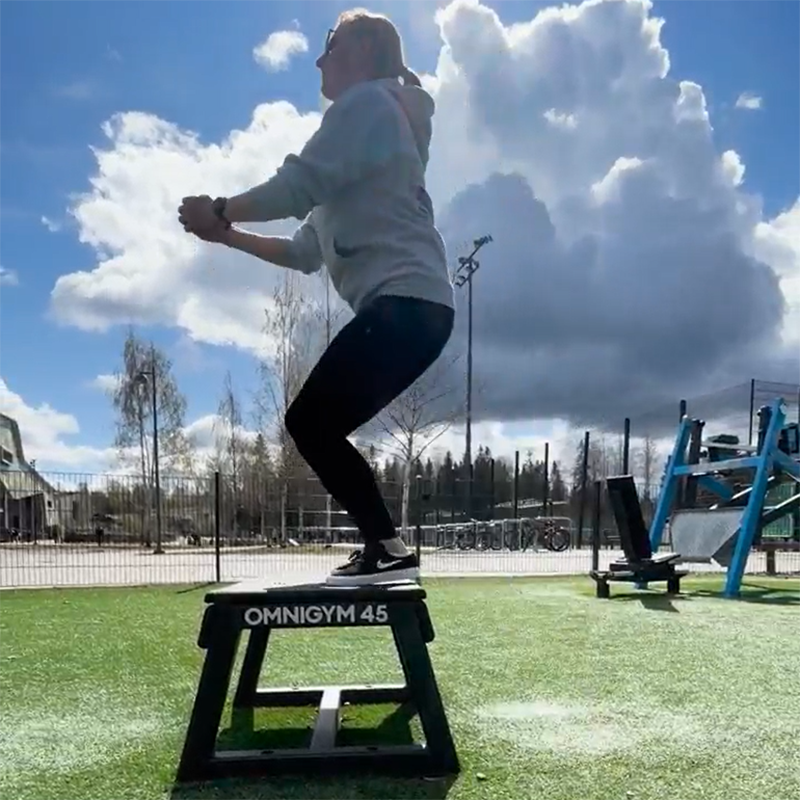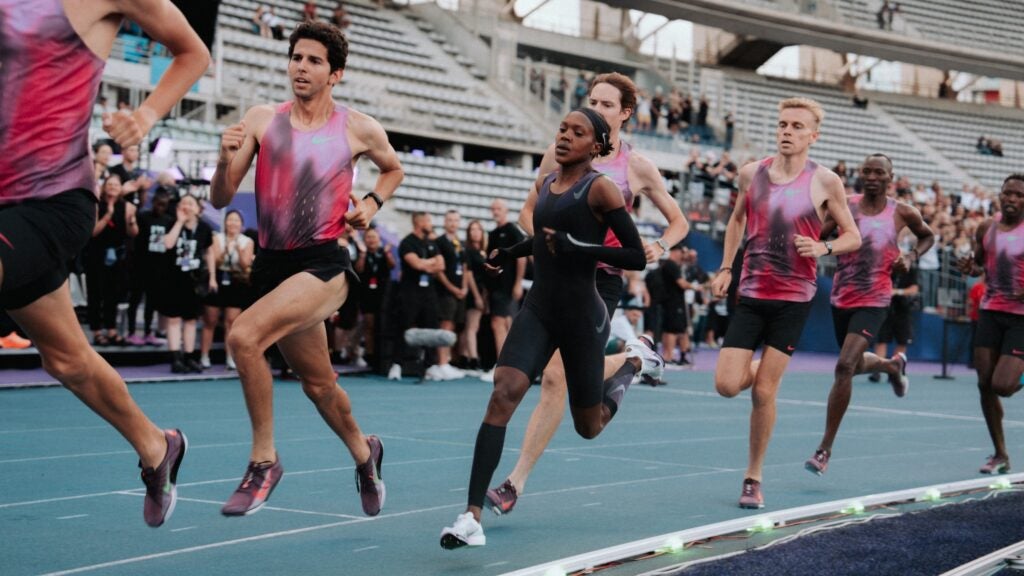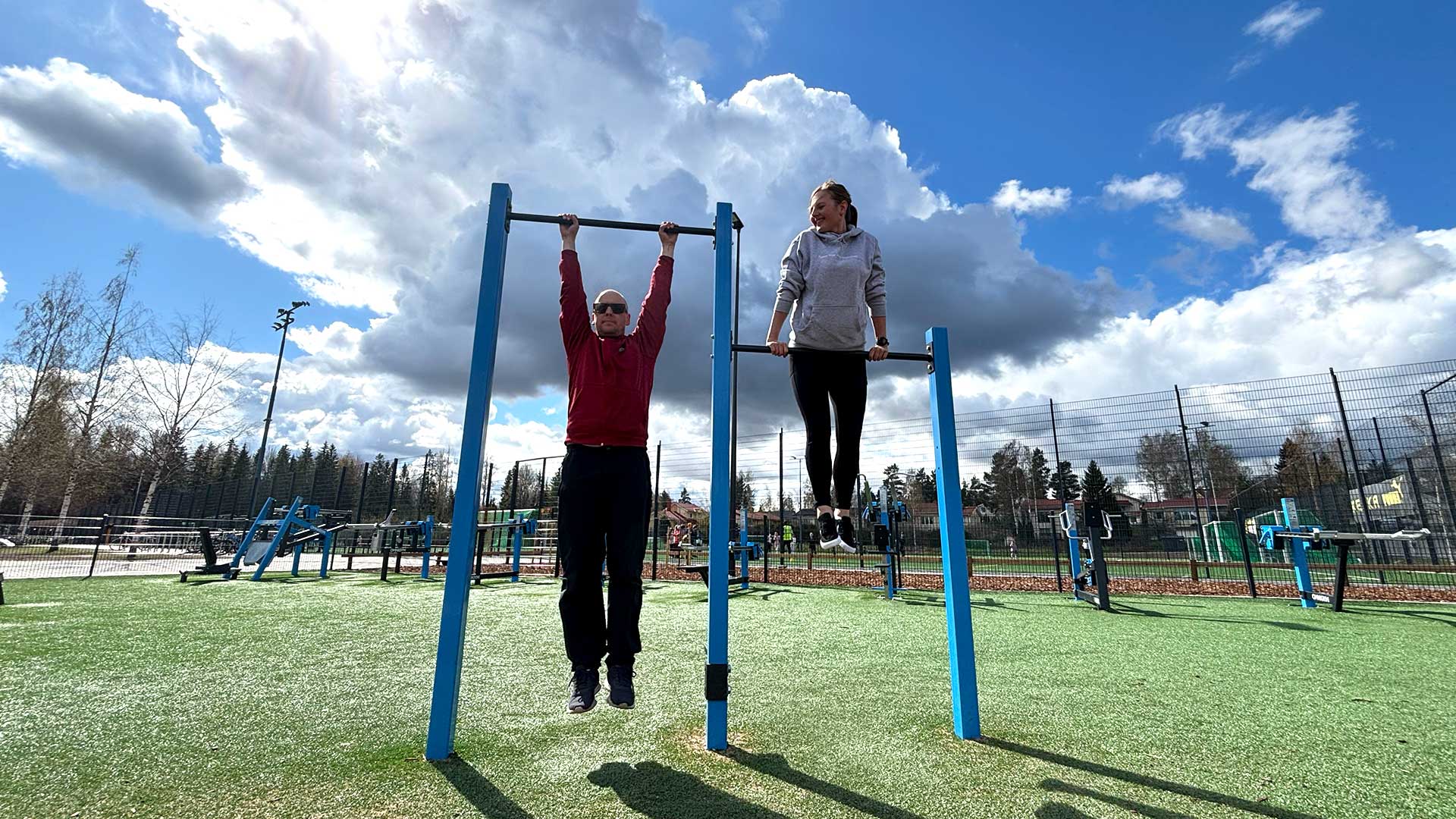Matching training execution to outcomes
Once intent and execution are clear, the next step is aligning them with the training effect you are targeting. This is where isometric training becomes useful, not as a fixed category of exercises, but as a tuning knob you can adjust with precision.
As with many training variables, the cutoffs or thresholds should be viewed as ranges with natural overlap. There may not be a large effect size of holding a contraction three vs. four seconds or hitting 90% vs. 83% maximal voluntary isometric contraction. Just like with HR zones and 1RMs, numbers are often more valuable as teaching tools than rigid rules.
This is where technology, biofeedback and analytics breathe new life into isometric training, much like how velocity-based training deepens our understanding of dynamic lifts. With force plates, strain gauges and load cells we can now capture, visualize and analyze isometric outputs in real time and post-session, making the process more measurable and actionable.
If you haven’t used real-time biofeedback during isometric training, you may be surprised by how powerfully it drives intent, motivates people, and empowers coaches to prescribe intensity, duration and volume with greater precision and effectiveness.
Foundational concepts and metrics include:
+ Peak force: how much
+ Rate of force development: how fast
+ Time to peak force: how long
+ Force-time curves: how in general (great for showing ramp-up, delay, leaks and fatigue/decay profiles
Deeper dive concepts and metrics include:
+ Impulse: a bit of a mind bender when first explained, but becomes a “go-to”
+ Fatigue index: within a sustained rep and across multiple reps
+ Load symmetry: assessing bilateral asymmetry
+ Force steadiness/variability: coefficient of variation during sustained holds
+ Entropy or complexity measures of force signal: my current fascination
The table below is intended as a summary of common execution styles and their application across training goals. It is not meant to dictate protocol or fully review the literature. It is meant to help coaches and end-users move beyond generalities like “just hold this” or “go hard.”
Think of it as a decision support tool: something to guide programming choices, session objectives, and coaching cues. Use it to troubleshoot gaps or refine what you’re already doing.
|
Training Effect |
Execution / Intent |
Volume (Sets, Reps, Duration) |
Intensity (% MVIC) |
Muscle Length (Joint Angle) |
Notes |
|---|---|---|---|---|---|
|
Strength |
Sustained / Ramp-Up / Explosive |
3–5 sets 3–10 reps 3–6 sec |
70–100% |
Long |
Train at task-relevant joint angles; prioritize safe maximal force output. Mitigates fatigue, high neural demand. |
|
Hypertrophy |
Sustained / Ramp-Up / Explosive |
4–5 sets 5–10 reps 10–30 sec |
70–90% |
Long |
Higher total volume (~15–20 contractions/session); long holds enhance hypertrophy via local metabolic fatigue. |
|
Tendon Adaptation |
Sustained / Ramp-Up / Explosive |
3–5 sets 3–6 reps 10–30 sec |
≥70% / 90–100% |
Long |
Long muscle lengths and high-intensity loading (≥70%); ≥4 sessions per week. |
|
Speed / Power |
Ballistic / Explosive |
3–5 sets 5–10 reps 1–3 sec |
80–100% |
Multiple Joint Angles |
Use joint angles that mirror explosive tasks; brief holds with rapid force intent. |
|
Transfer to Dynamic Performance |
Sustained / Explosive |
3–4 sets 5–10 reps 1–6 sec |
>80% |
Multiple Joint Angles |
Use joint angles that match movement demands; pair with plyometrics or loaded dynamic drills for transfer. |










